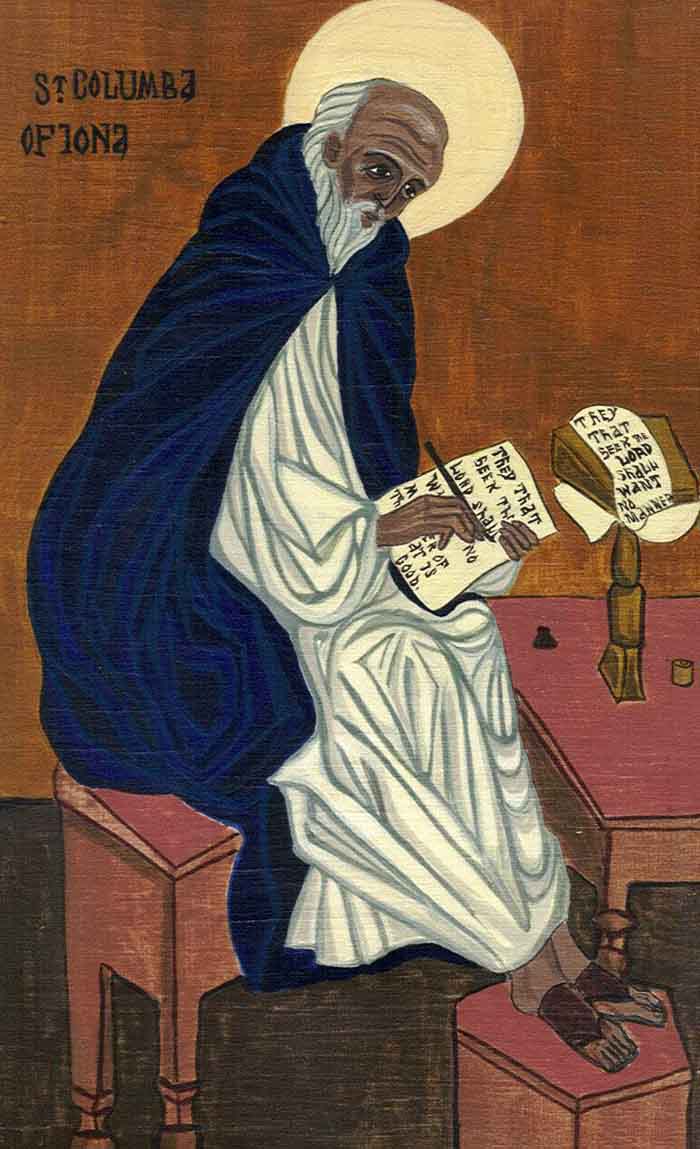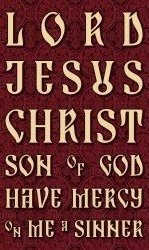+
The Lord is here.
Our God is with us.
Lift your hearts to Heaven
where Christ the Lord doth reign.
All flesh shall behold his Glory.
All who seek shall adore his Face.
A kind email asked that I explain what was the merit in the above alternative to the Sursum Corda (an alternative intended for Ascensiontide and Assumption). I can only offer what I see as the merit in the work. Often times I will read a commentary or statement by the writer that is very theologically unpalatable to me, yet sometimes even Balaam's ass does prophesy. So, out of ill intention something good may come. Joseph teaches us in the Torah "You meant it for evil, but God meant it for good." It is in this spirit that I look at liturgical composition -- divorced from its author, required to stand on its own Biblical and theological merit, and judged as to whether or not it is successful as oral communication.
Now what follows is purely my own interpretation:
The text asserts that the Lord is present where we are, and it reminds us also that the Lord is on His throne of glory in heaven. it is rare to have both in one dialogue or prayer. We tend to veer off either toward an immanent view or on the other hand a transcendent view of God and His location. Here both truths are declared and upheld together.
Secondly, the dialogue locates us "here" but calls us to a heavenly place. We rise up from the mundane to the divine.
The third is that the final versicle and response is prophetic drawing as it does from Isaiah (And all flesh shall see it together ... surely, you have sung this during performances of Händel's Messiah). The response actually touches upon several scriptures including the Apocalypse.
The worship of God's Face is older than the First Temple, and in that First Temple the shewbread which was shaped like a face ('panim') came to be associated with and viewed as participating in that glorious Divine Presence. It is rare that we have a text that reaches into the past to First Temple worship, traverses the present Eucharistic Sacrifice, and looks forward to the heavenly consummation and bliss of the Wedding Supper of the Lamb.
Nota Bene: The text can actually be pointed to the plainsong normally used in North America for Sursum Corda whether Canon Douglas' version or Healey Willan's.
Another note: many of us have used the English alternative Dominus vobiscum "The Lord is here. His Spirit is with us." But most of us cannot abide it as it sounds like the opening words at a seance or some Spiritualist meeting. "The Lord is here. Our God is with us." on the other hand is far more profound bringing as it does the Gospel Proclamation of the Incarnation into the Eucharistic Dialogue.
I hope this short reflexion helps any of you, dear Readers, who wondered what good I could find in this alternative. As for the execrable first modern example I used, it did contain the lifting up of "hearts and minds" which has good Syriac background to it. But the negatives so far outweigh any positives, that I don't think I need to discuss that further.
+Dominus vobiscum!
















